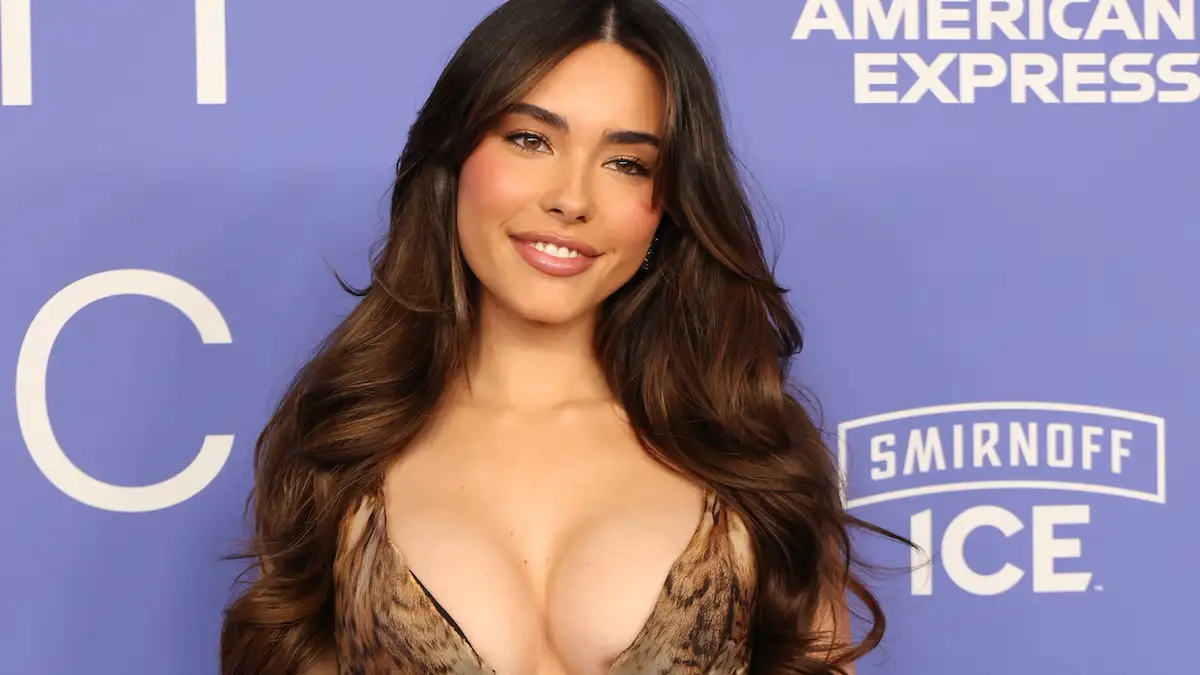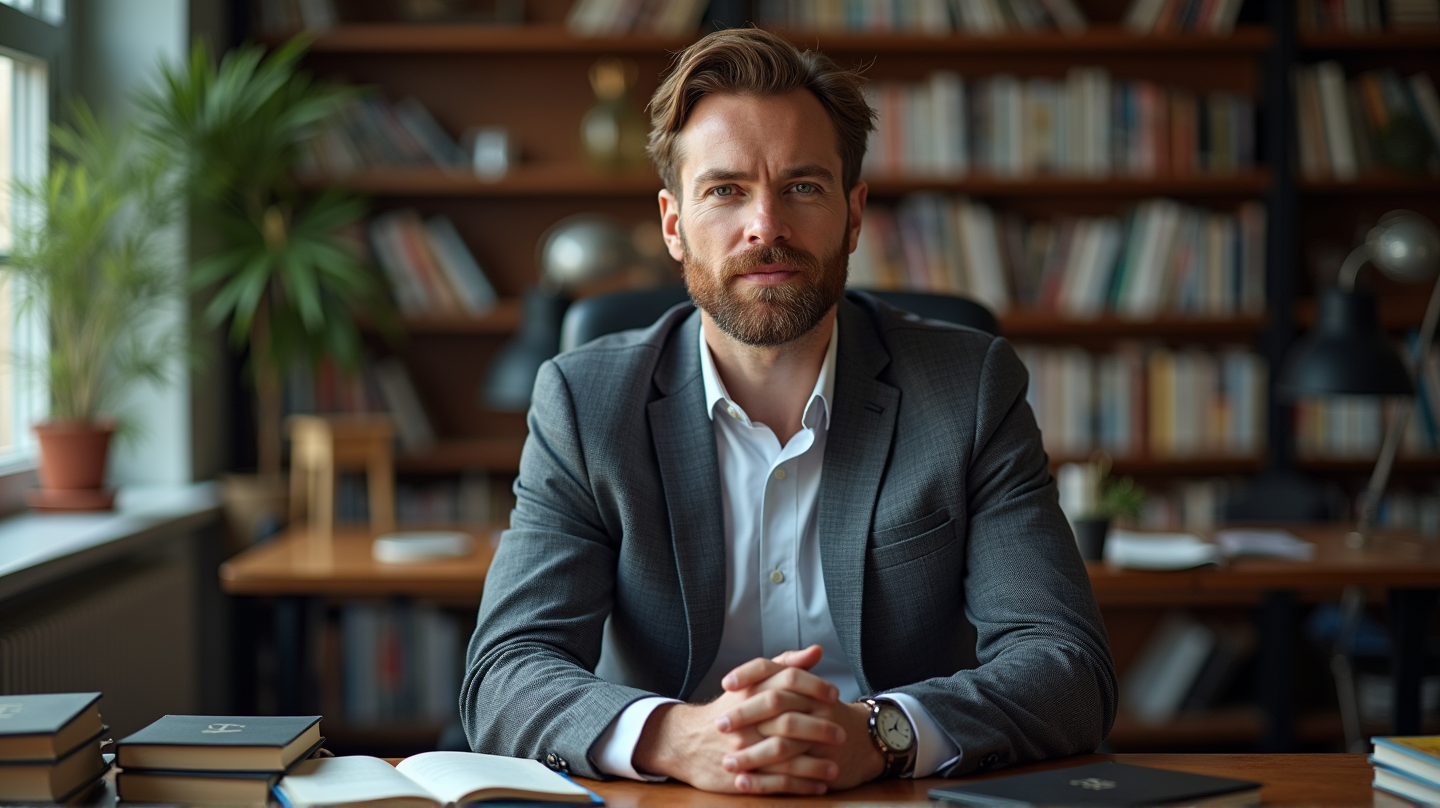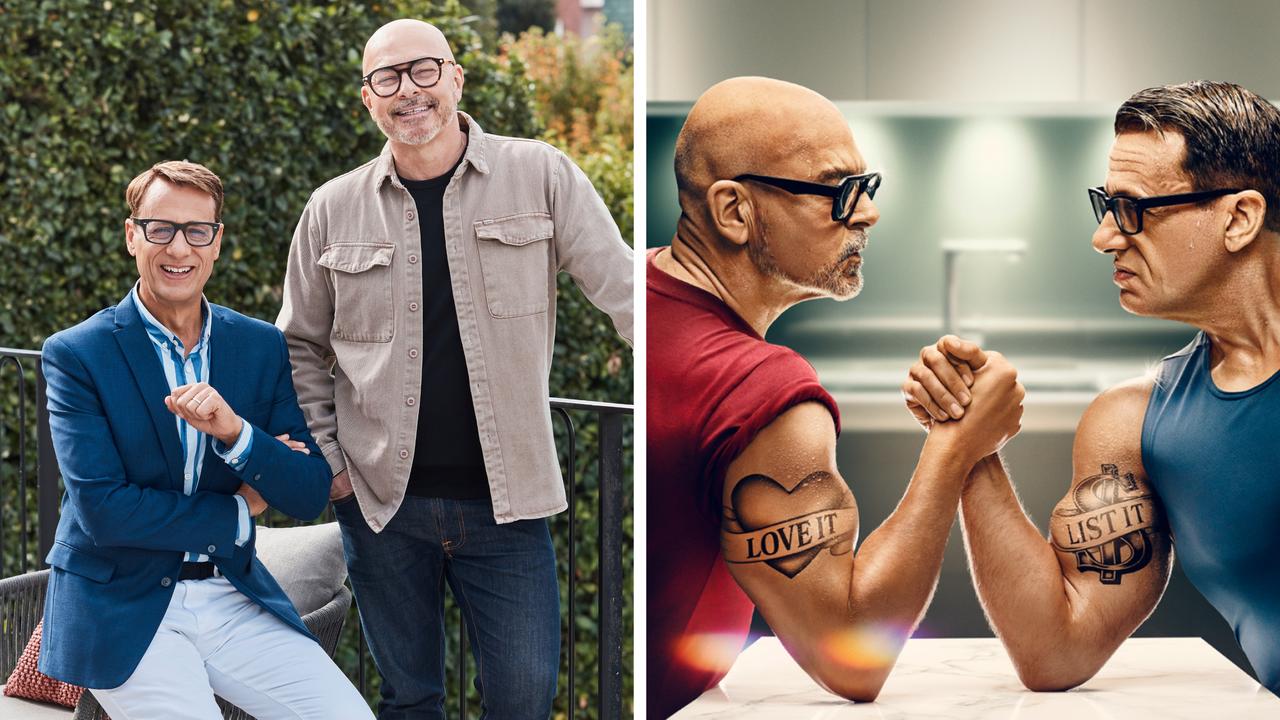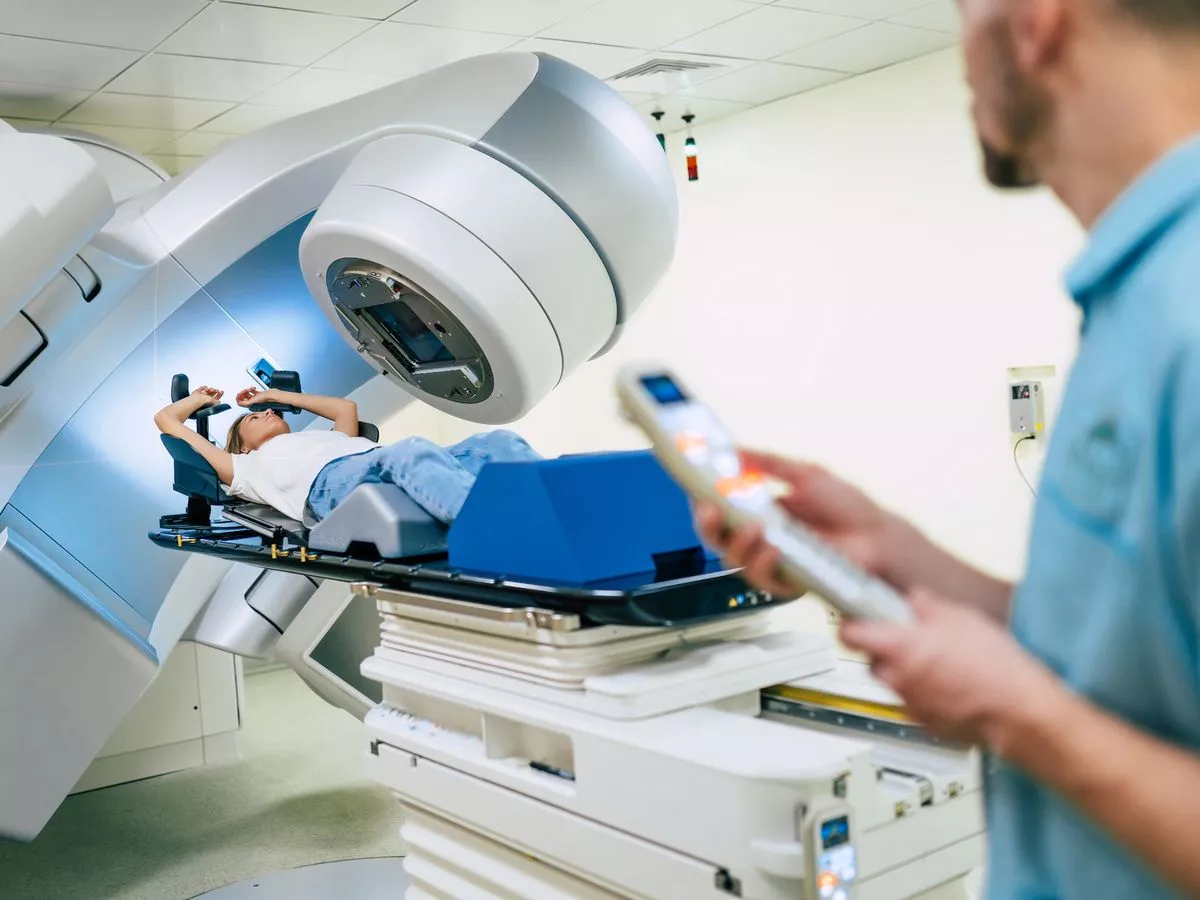By Yasmin Jeffery
Copyright abc
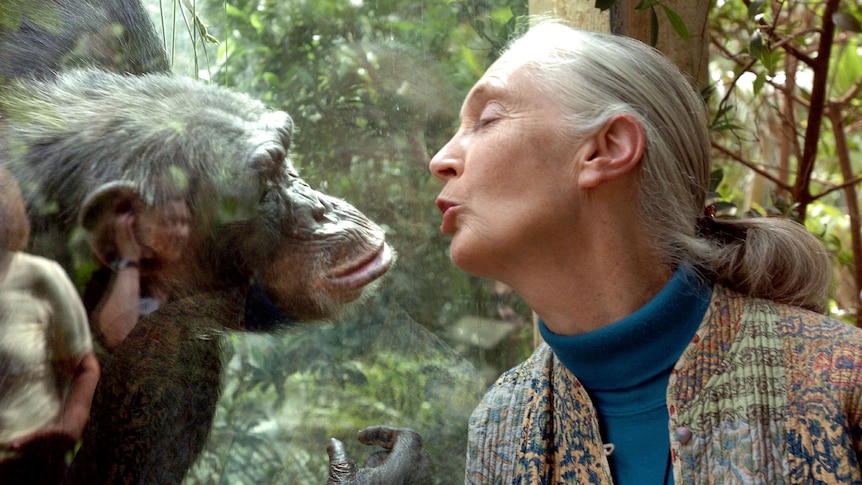
Before Jane Goodall went to Tanzania for the first time in 1960 to observe chimpanzees, we knew little about their rich method of communication, or the fact they like being tickled. We certainly didn’t know they were capable of making tools.
The renowned British primatologist and conservationist, who died in the US on October 1, 2025, aged 91, had a theory as to why.
“A lot of it was, nobody had been out in the wild with them, so that’s where one started to learn about complex social societies and all the different things they can do out in their own world,” Goodall toldRichard Fidler on ABC Conversations in an expansive 2008 interview.
But she also thought it had something to do with “arrogance … [and] a kind of fear”.
“Because once you break down this barrier that used to be perceived between humans on the one hand and all the animals on the other … and you start to think about other animals having personalities, minds and feelings, then it becomes harder to treat them the way we so often do.”
By 2008, Goodall had spent nearly 50 years researching chimps and was still as “utterly fascinated” by them as she was when she started working with them.
Her work revolutionised primatology, animal behaviour research, and prompted renewed questions about what really separates humankind from apes.
But what drew Goodall to chimps in the first place?
“When I was about eight, I read the Dr Dolittle books and there’s this wonderful story where he takes animals from the circus back to Africa, and I think that began it: seeing the monkeys,” Goodall explained.
“Then, when I was about 10 or 11, I found the books about Tarzan of the Apes and of course I fell in love madly.
Everybody laughed at Goodall; not only did her family lack the money to fund such a lifestyle, but she was a woman coming of age mid-century who dreamed of becoming a researcher with no university degree to speak of.
“My mother said, ‘If you really want something … you never give up, you find a way,” she remembered.
So, Goodall studied for a secretarial course alongside researching animals in her own time, and worked odd jobs until she had enough money for a ticket to Nairobi, Kenya.
It was there she hoped her administrative skills would get her closer to the animals she dreamed of working with.
Not long after arriving in Africa in 1957, Goodall met Louis Leakey, a famed paleoanthropologist who was impressed by her knowledge of animals.
“He was learning about our earliest ancestors from fossils … [and] felt that maybe he could learn or imagine better the behaviour of [our] Stone Age ancestors if we learned something about the behaviour of our closest relatives in the wild,” Goodall explained.
That’s why he ended up sending her to observe a troop of chimps living in the wild in Tanzania’s Gombe Stream National Park for six months, aged just 26 in 1960.
A degree of difference
Eventually, Goodall developed the courage to approach a member of the tribe she later named David Greybeard.
“It was really because he lost his fear. When I approached, he didn’t run away and the others who were ready to run stopped and looked and [thought], ‘Well, she can’t be so terrifying, David Greybeard’s just sitting there.’ And so gradually, he led me into his magic world,” she said.
“The first time he allowed me to groom him, I couldn’t really believe it. Here’s this wild male chimpanzee, and he’s actually letting me groom him, the hair is coarse, the skin is warm.”
Nothing, Goodall said, compares to the momentary crossing of the species barrier in this way.
That it was impossible to know what David Greybeard saw in her was “part of what made it so fascinating to go on studying” chimpanzees.
In the years that followed, Goodall learned chimps have individual personalities.
She saw their innate sense of curiosity up close, witnessed them laughing while getting tickled or mourning each other’s deaths, and began to develop a deeper understanding of the way they talk to each other.
“It’s a rich communication rather than language per se, thought of in human terms,” she explained. “They communicate emotion, which is a sort of language. The unique part of human language is that we can teach about things that aren’t present, we can make a plan for years ahead.
Goodall was also the first person to observe chimpanzees using tools — previously assumed to be a uniquely human trait.
After witnessing a chimp using a modified stick to catch termites multiple times, the researcher sent a telegram to her mentor, who reportedly replied: “Well, now we have to redefine man, redefine tool, or accept chimpanzees as humans.”
“So, it was the first of those barriers between humans and the rest of the animals to be broken down,” she said.
From observation to protection
“There were way over a million [chimpanzees] when I began in 1960,” Goodall said.
“The very maximum today is 300,000, spread over 21 nations because habitats are going all around the planet … human populations are growing, disease is spreading, and worst of all is the commercial hunting of all wild animals for food, the bush meat trade.
“It’s absolutely not sustainable.”
This led to a much larger conservation mission for Goodall, on top of her scientific work.
The primatologist was in the US when she died because she had been due to meet with students and teachers on Wednesday (local time) to begin planting 5,000 trees around wildfire-prone areas in Los Angeles.
Goodall said she had the “audacity” to pursue a career as a primatologist in the male-dominated 1960s, as well as fearlessly champion animal rights and environmental causes, in part because of her sage and supportive mother.
“She was wise, and that’s what happened to us. We’ve lost the wisdom where people would make a decision based on how [it would] affect our people in the future,” she said.
“We’re basing huge decisions today on how [they] will affect the next shareholders meeting…
“This model of constant never-ending economic growth in a planet with non-renewable natural resources isn’t possible … we’ve only got this one.”
She would only rest, she said, if we managed to “save the world”.
Conversations podcast
